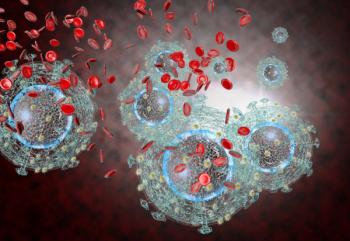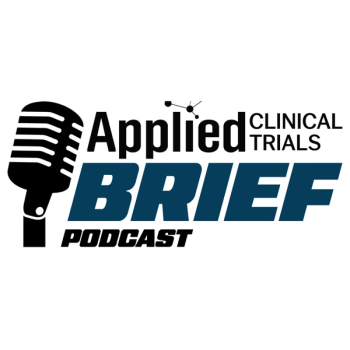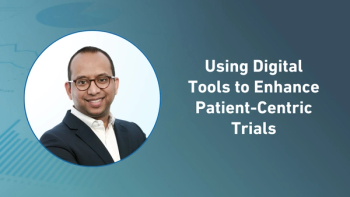
SAE Rates in Clinical Trials
Capturing and managing serious adverse events (SAE) represents a significant compliance and complexity requirement to the management of clinical trials. However, a lack of transparency and benchmarks to expected rates and volumes of SAEs confounds the planning, resourcing, and development of safety case handling and reporting processes. An analysis of SAE rates from completed studies reported results over the past five years, 2007-2011, from Clinicaltrial.gov (n=4,221) demonstrates the scalability that is required in developing safety case handling processes.
- Overall the majority of trials, 59%, exhibit SAE rates of 10% or less (see Figure 1).
- 10% of trials have SAE rates between 10% and 20%.
- 17% of trials have SAE rates between 20% and 50%.
- 6% of trials exhibited SAE rates of greater than 50%.
SAE reporting rates for late phase studies were also analyzed for TA-specific differences. Due to sample size limitations this was confined to small molecule trials only. While the average reported SAE rate for this sample was 11% several TAs showed increased SAE reporting rates, including anti-fungals at 26%, hematology at 19%, and oncology at 31%.
As the above data shows, while prudence dictates resourcing drug safety to expected levels of efforts any solution must also have the scalability and flexibility to accommodate SAE rates that are significantly higher than the expected norms. Adding process and solutions after the fact is not an option in drug safety monitoring of clinical trials.
Life sciences organizations typically maintain a manual process for SAE notification and data collection during clinical trials that can be summarized as:
- Manual entry of safety case data from paper SAE form
- QC of data entry
- Creation of paper queries for clinical data and transcription errors
- Tracking of and updating responses from queries
- Reconciliation of SAE database with clinical data
This process is primarily paper-based, and introduces the potential for transcription errors and duplicate data entry while relying on manual notification of event occurrence. Furthermore, this process is independent of the formal (and auditable) clinical data capture and cleaning process(s), and requires additional reconciliation to align safety data and clinical data prior to submission.
This process has been estimated at ~2.15 FTE days/SAE just in sponsor effort and does not even take into account the effort required by site personnel. Though quantifiable benchmark data is lacking to quantify the site burden in SAE capture and reconciliation, estimates from the Tufts Center for the Study of Drug Development suggest study coordinators spend between 10% and 20% of their total work effort on trials just on AE/SAE reporting.1 Sites are also challenged to maintain timely reporting amidst changing requirements for safety reporting to IRBs and national regulatory authorities (e.g., the pending pharmacovigilance (PV) legislation affecting market authorization holders (MAHs) in Europe2 and the recent IND safety reporting requirement in the United States).3
This potential for significant execution burden on both sponsors and sites is exacerbated by the inability to forecast expected SAE rates for appropriate resource and capacity planning. As the data shows, for the majority of trials an SAE rate of approximately 10% is a reasonable expectation, representing hundreds of individual SAE cases in a typical 2,000 patient Phase III study. However this can add up to in excess of 400 FTE days of sponsor effort alone per study. Additionally oncology trials carry three times that expected SAE rate. And across all TAs though the majority of trials can be expected to have an SAE rate approaching 10% as discussed almost a quarter of trials observed had reported SAE rates well in excess of 20%. Taken together these data suggest that reasonable, effective resource planning for SAE safety case processing must include the scalability to accommodate double or even triple the number of expected SAEs per therapeutic area.
A plethora of isolated industry best practices have been put in place to address these issues, including:
- Eliminating duplicate data entry by safety personnel into safety systems.
- Minimizing impact on site personnel to report SAEs and ensuring a single streamlined data entry process, thus facilitating compliance.
- Increased data quality on initial transfer.
- Allowing safety personnel to focus on case assessment and monitoring, and not data queries.
- Reducing follow-up communication for data clarifications/errors.
- Identifying “single source of truth” for the clinical data used in safety reporting.
- Significantly reducing or eliminating reconciliation between clinical and safety databases and utilizing auto-synchronous approaches to compare data across systems and raise any discrepancies accordingly.
- Generating more complete initial case submissions due to availability and cleanliness of data.
- Optimizing safety case processing productivity through more tightly coupling processes between safety, CDM, and development.
- Decreasing overall exposure of risk due to regulatory non-compliance.
Sponsors will need to holistically integrate these siloed approaches in order to meet ever increasingly aggressive safety reporting requirements and efficiently maintain the flexibility to scale such safety processing up and down on the needs of an individual trial without carrying the significant overhead of a large drug safety/PV organization staffed to “worst-case” scenarios of SAE projections.
References
- Kenneth A. Getz, "Burying Sites Under Safety Reporting," Applied Clinical Trial, January 2009.
- "Inside the EU’s Next Generation of Pharmacovigilance," Medidata Solutions, Applied Clinical Trials, 2012
- The Food and Drug Administration is issuing final regulations addressing the safety reporting requirements for investigational new drug applications (INDs) found in 21 CFR part 312 and for bioavailability and bioequivalence studies found in 21 CFR part 320,
http://www.gpo.gov/fdsys/pkg/FR-2010-09-29/pdf/2010-24296.pdf Jeffrey S. Handen, PhD, is Vice President, Clinical Solutions, at Medidata Solutions Worldwide, e-mail: jhanden@mdsol.com.
Figure 1: Reported SAE Rates from ClinicalTrial.gov for studies completed 2007-2011. (Does not add to 100% due to rounding)
Figure 2: Reported SAE Rates from ClinicalTrial.gov for studies completed 2007-2011, by Modality.
Figure 3: Reported SAE Rates from ClinicalTrial.gov for studies completed 2007-2011, for Small Molecule Trials only, by TA.
Newsletter
Stay current in clinical research with Applied Clinical Trials, providing expert insights, regulatory updates, and practical strategies for successful clinical trial design and execution.





.png)



.png)



.png)
.png)
